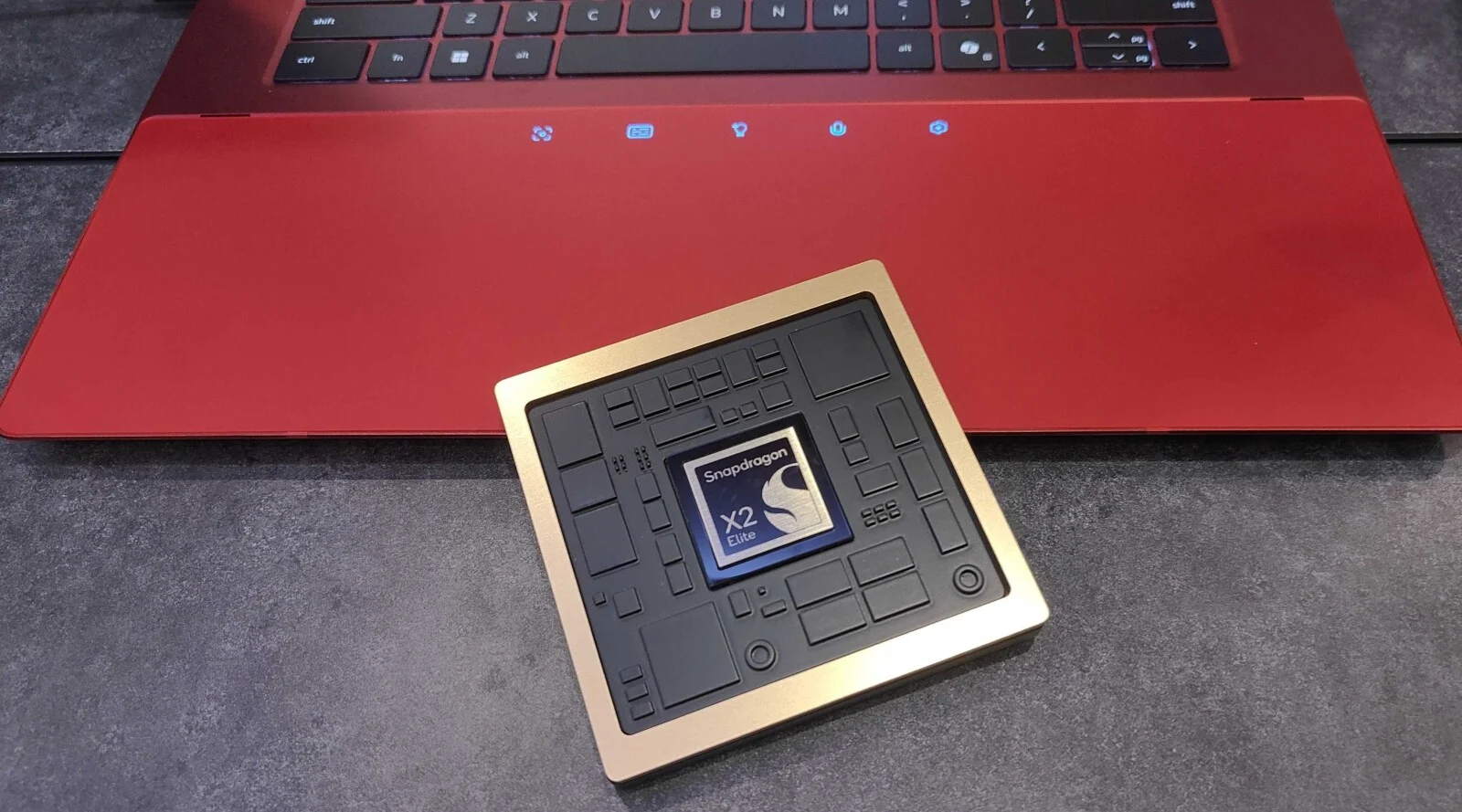A team of scientists from the Blue Brain Project has come up with some really optimistic results toward stimulating human brains. The said team consists of a total of 82 neuroscientists from different corners of the globe.
According to claims made by the neuroscientists involved in this project, they have succeeded in building a digital reconstruction of a part of rat’s brain using a computer. They said that now they are looking to do the same for the human brain.
Here, it must be mentioned that the Human Brain Project is a ten-year long European research program investing a sum of over $1 billion. For researchers associated with this project, the successful digital recreation of a section of rat’s brain is a real breakthrough. However, they are completely aware of the fact that doing the same for humans is still a distant possibility.
Some of the fascinating findings of the Blue Brain Project so far include deep insights into memory, neurological disorders and sleep.
In the latest breakthrough, researchers created a mild stimulation of below one cubic millimeter of the rodent’s brain (a third of 1 cubic millimeter, to be precise).
The study’s lead author Michael Reimann said that the algorithms started with a positioning of realistic 3D models of a rat’s neurons with respect to a measured distribution of different types of neuron at different levels. The algorithm, according to Reimann, then detected locations where the neurons’ branches came in contact with each other (more than 600 million touches were identified).
In the next step, the algorithm systematically pruned every touch that doesn’t match the five biological guideline of connectivity. This left the researchers with just 37 million contacts. Reimann informed that they developed the model synapses at these 37 million locations.
Reimann is the one who developed this innovative algorithm for predicting the synapses’ locations.
Swiss Federal Institute of Technology Lausanne’s Henry Markram said that the model will not require the scientists to measure every single part of the brain. He believes that once these neuroscientists start to understand the structure at a microscopic level, a day might come when they will be talking about their ability to predict missing data. Markram is currently in charge of the Blue Brain Project.








Add Comment